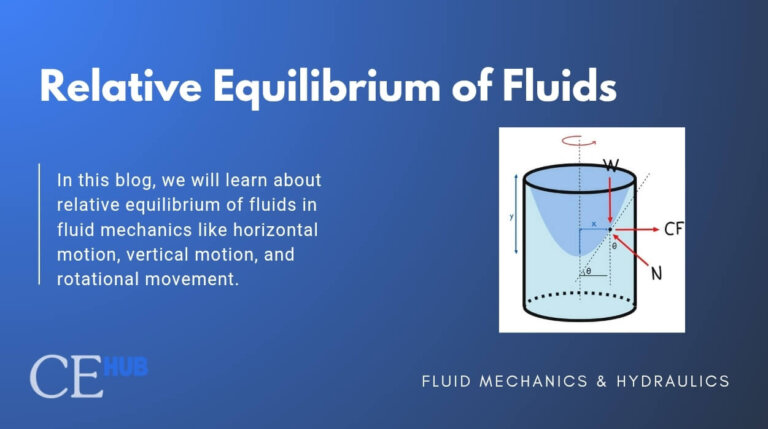Principle Behind Stability of Floating Bodies
In Fluid Mechanics, fundamentals of stability on floating bodies are crucial when planning to build ships, floating bridges, and sea platforms. A floating body can stay steady at its new position after tilting (stable), drift away along the line of action of the force (neutral), or tilt further over into a new inclined position (unstable).
Fundamentals: Buoyancy and Archimedes’ Principle
To understand stability, let us first recall Archimedes’ principle:
An object, totally or partially immersed in a fluid, is buoyed up by a force equal to the weight of the fluid displaced by the object.
The Buoyant Force pushes up on an object in water. This upward force goes through the center of buoyancy, which is the middle point of the part of the object that’s underwater. The object’s own weight pulls it down through its center of gravity. Whether the object floats or sinks depends on how these two forces compare.If the object isn’t too heavy or too big for the amount of water it displaces, it will float. If it’s too heavy, it will sink. If everything is balanced just right, it will stay where it is in the water.
Acts downward through the center of gravity (G)
W
Weight
Acts downward through the center of gravity (G)
BF
Buoyant Force (BF)
Acts upward through the center of buoyancy (B),
Key Terms
Center of Gravity (G)
It is the point at which the whole weight of the body is assumed to act.
Metacenter (M)
The point at which the line of action of the buoyancy (for a small inclination) cuts the original vertical through B.
Center of Buoyancy (B)
The center of the displaced fluid
Metacentric Height (GM)
The distance between the centre of gravity (G) and the metacenter (M)
Types of Stability

In a Neutral Equilibrium, the body stays in a new position.
In a Stable Equilibrium, the body just returns to its equilibrium position after tilting.
In an Unstable Equilibrium, the body continues to tip over.
Metacentric Height (GM): A Key Stability Metric
How is MG calculated?
The metacentric height (GM) is the vertical distance between the center of gravity (G) and the metacenter (M). It is a critical measure of a ship’s initial static stability:
In a simplified form:
Where:
- MBo is the distance from the metacenter (M) to the center of buoyancy (Bo)
- GBo is the distance from center of buoyancy(Bo) to center of gravity(G).
If MG > 0 , the body is stable. If MG < 0 the body is unstable.
For Rectangular Section, the moment of inertia, I is:
for short cut if rectangular section:
Where:
B = Base or width
D = Draft







